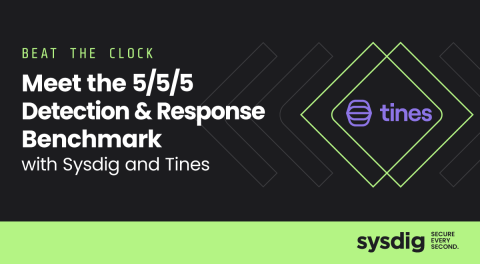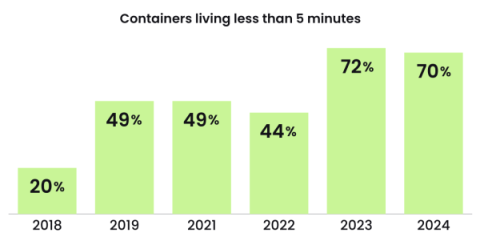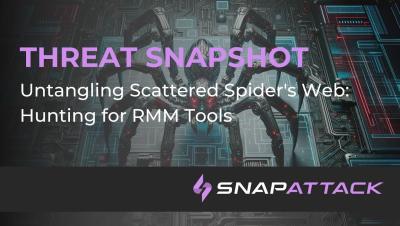Inside the Mind of a Cybersecurity Threat Hunter Part 2: Identifying Persistence Techniques
In this second post of our threat hunting with Corelight and CrowdStrike blog series we dive into Persistence, which is one the many tactical categories outlined in the MITRE ATT&CK framework. In our previous blog, we reviewed some of the common techniques in the Initial Access category, like Drive-By Compromise and Spearphishing. In this post, we examine and provide some useful threat hunting tips on some of the common tactics attackers use to maintain long-term access to a target's environment.











